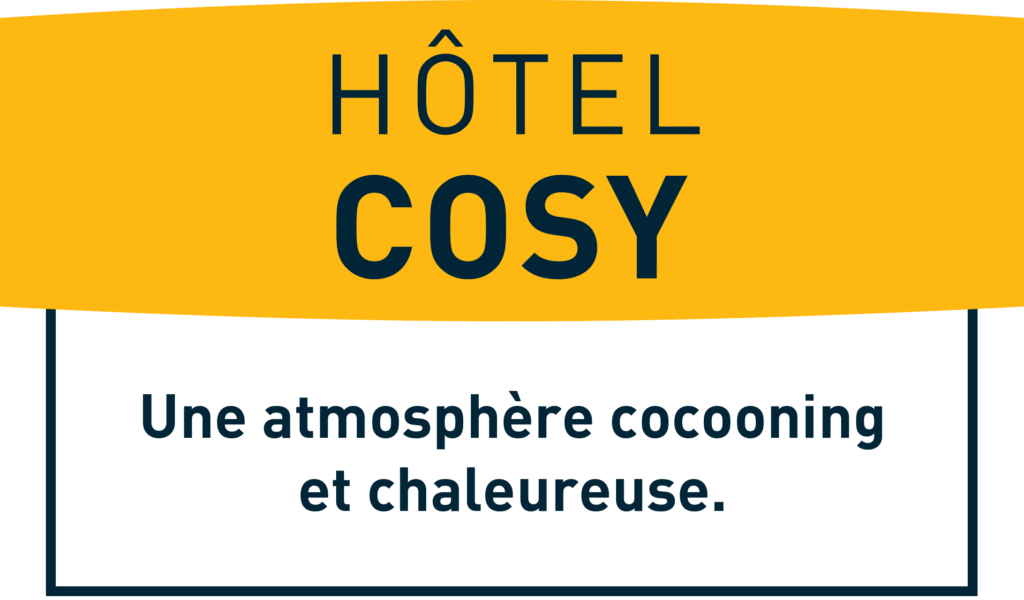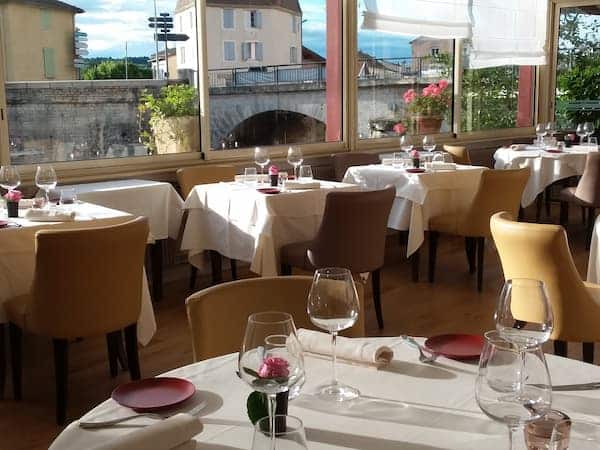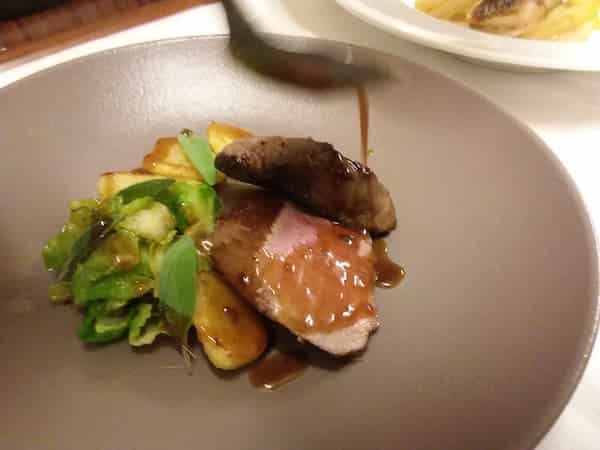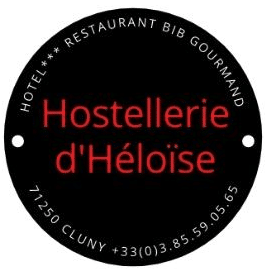Following the footsteps of wine grower poet Alphonse de Lamartine, the Mâconnais wine route takes visitors throughout a whole century of history and tradition. Between abbeys, castles and exceptional vineyards, landscapes and places of the cultural heritage are plenty on the Mâconnais-Beaujolais wine route. After a full day, visitors will enjoy a break at the restaurant La Table d’Héloïse and it sophisticated reinvented local gastronomy. Restaurant’s wine list offers a rare occasion of tasting exceptional wines from the Mâconnais vintages.
A preserved historical route
A stone’s throw from Lyon, historical touristic Burgundy wine route dives into Mâconnais. This wine route is composed of eight tracks lasting more than 300 miles throughout vineyards and 78 typical villages like the medieval city of Saint-Gengoux-le-National. Photo hunters and landscapes lovers will be thrilled by the diversity of sceneries between valleys of Grosne and Saône and the mounts Mâconnais where are located the largest vineyards of Saône-et-Loire.
The Mâconnais wine route covers:
- More than 300 miles of vineyards
- 78 typical villages
- Grosne and Saône valleys
- Mounts of Mâconnais : largest vineyards of Saône-et-Loire.
Varied interests
The history of Mâconnais vine growers starts within the abbeys of Tournus and Cluny where monks bless vineyards for over a thousand years. It goes on with the visit of a castle such as Cormatin’s, true symbol of nobility in the 17th century. Visits go on in lovely places such as the caves of Blanot, interesting as far as prehistory and palaeontology are concerned. Finally, visitors will be amazed by the Roman and Gothic churches going back several centuries, such as Saint-Martin de Chapaize’s church built in the 11thth century.
Mâconnais wine route crosses path with:
- Abbeys of Tournus and Cluny
- lovely villages (Romanèche-Thorins, Saint-Gengoux-le-National) ;
- Castles (Cormatin, Brancion) ;
- Deeps and caves (Azé, Blanot) ;
- Many churches (Bray, Bonnay) ;
- France’s secondth wildlife park (TouroParc).
A one of a kind wine tasting experience
As a direct consequence of the collapsing of the Saône plain, Mâconnais mounts are particularly rich in limestone. Their wine is among the five produced in Burgundy. Mâconnais wine cellars are composed by a broad range of fully preserved wine flavours which take us on a journey through time while also adapting to the new methods of production. The city of Mâcon is a must-see and produces white Chardonnay wine as well as Gamay black grapes, which is turned into a fruity red wine. Down south, vintages of Pouilly-Fuissé, Pouilly-Loché, Pouilly-Vinzelles, Saint-Véran and Viré-Clessé contribute to the reputation of the Mâcon protected designation.
“Mâconnais Wines” protected designation gathers :
- Mâcon and Mâcon (city) ;
- 5 other vintages : Pouilly-Fuissé, Pouilly-Loché, Pouilly-Vinzelles, Saint-Véran and Viré-Clessé.
How to follow the Mâconnais wine route?
Located at 60 miles from the city of Lyon, Burgundy wine routes are indicated by a “Follow the grape” sign. In South Burgundy, eight tracks are featured on those signs. You can go on the official Wine Route website if you want more information or go to the tourist office of Mâcon.
Wine : a Burgundy experience
The eight Mâconnais wine routes belong to the Burgundy wine track. Wine lovers can further explore in order to find new historical vintages. From south Burgundy to the Nuits coast, including Beaune and Chalonnaise coasts, about 3800 vine growers’ domains welcome visitors. World famous for its red wines composed with Pinot Noir and Gamay grapes, or its white wines made out of Chardonnay and Aligoté grapes, the region and its three counties hold 34 wines designated as “Grand Cru”
Burgundy wine includes 84 AOC (French Protected Designation of Origin) :
- 9 “regional” and “sub regional” designations
- 41 municipal or “villages” designations
- among which 562 “premiers crus” designations;
- 34 “grands crus” designations
For more information, you can visit the official website of Burgundy wines..
Mâconnais flavours are on Héloïse’s table
After a full day exploring Mâconnais grapevines and villages, visitors enjoy some quality friend or family time around a table of Hostellerie d'Héloïse. With many years of working for prestigious restaurants (among which Paris’ Victoria Palace) Nathalie and Patrick Dutartre are more than happy to share their Burgundy roots. Located in Cluny which is the starting point of the Mâconnais Wine Route, L’Hostellerie d’Héloïse welcomes its guests in a natural and cosy setting.
A perfect wine and food pairing
In their two dining rooms, the hotel offers menus combining Burgundy flavours in harmony. “Grands Crus” from local wine growers are selected for the restaurant’s wine list.There are also wines from the region of Bordeaux, Alsace or Italy and a total of 100 wines to be discovered. As an appetizer, Héloïse recommends a cup of crémant de Bourgogne or white Mâcon wine based kirs. If you wish to discover new tastes, there is also the spacial Communard cocktail with red Mâcon wine.
Nathalie and Patrick Dutartre often visit local wine growers in order to put the emphasis on their production onto the restaurant’s wine list. Patrick Javillier, Eric Panay, Olivier Merlin, Olivier Giroux, René Bouvier, Stéphane Aladame, Edmond Monnot, Vincent Bachelet, Maurice Charleux or Jean-Pierre Michel provide their best vintages to the restaurant. Between Mâcon and Tournus, the latter, self educated, hand harvests one of the oldest designated wine and adds no yeast or sugar during the process of vinification. This takes a little more time but results in a fine and delicate mixture perfectly pairing perfectly with Héloïse’s cuisine.
A slow and traditional gathering
Héloïse offert its gourmet customers “Viré Clessé ‘Quintaine’ ” on its wine list. Viré-Clessé is a village located on calcareous clay soils between 700 and 1400 feets where grapes are gathered quite ripe and maturated so that residual sugars appear. Exposed to north winds, “Quintaine” grapevines give a light mineral white wine.








